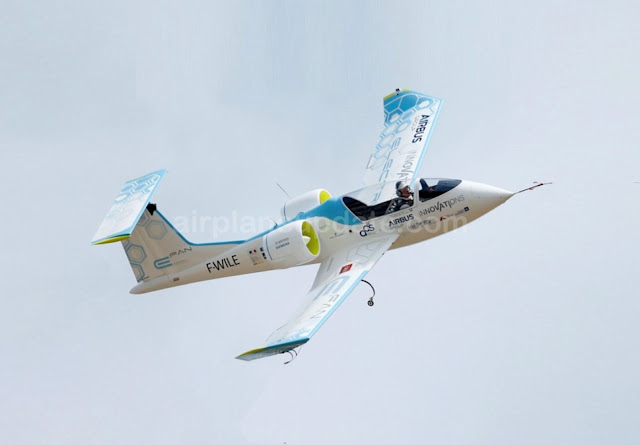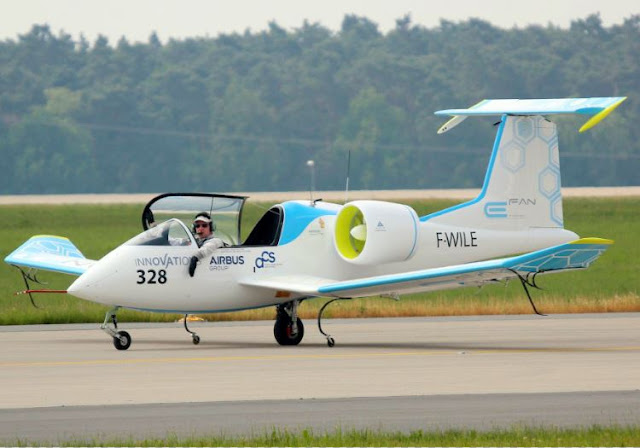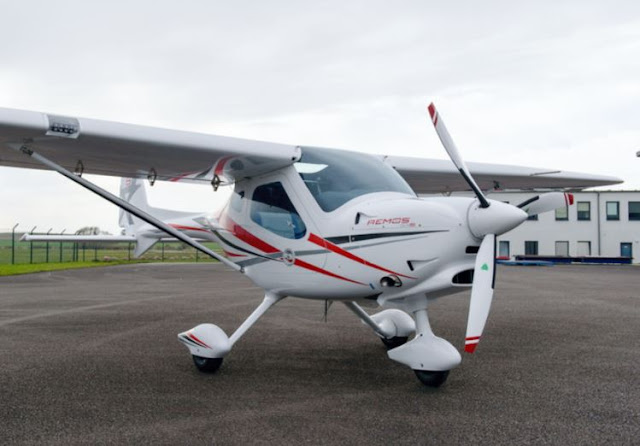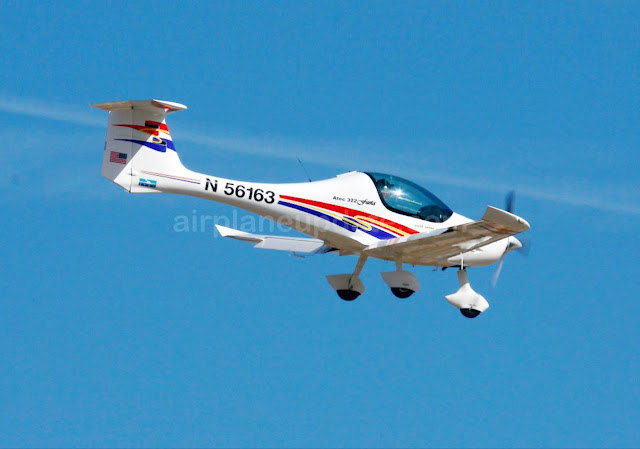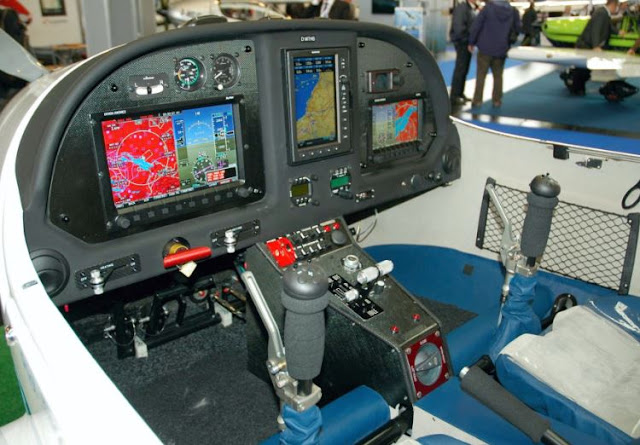PC-Aero Elektra One Solar Specs, Engine, and Price
Admin
01:00
PC-Aero Elektra One Solar Specs, Engine, and Price – Elektra One Solar is a one-seat solar electric aircraft developed by PC-Aero. The aircraft was launched at the AERO Global Show for General Aviation which was held in Friedrichshafen, Germany in 2012. The flight test was conducted in the Alps in the municipality of Unterwössen in Germany in June 2015. The aircraft crossed the Alps across Grossglockner at an altitude of more than 3,000 m and landed after about two hours and 190 km of flights at the airfield at Zell View in July 2015.
Until now, PC-Aero is still developing the Elektra One Solar aircraft and hopes to get a type certification from Germany for the ultralight class (LTF-UL) and the FAR 103 ultralight class certification for future aircraft. Electra Two Record and Electra Two Standard are two other variants of the aircraft which are currently under development.

The Elektra One Solar aircraft will be produced in different versions ranging from the wing span of 8.6 m and 15 m. Its external dimensions include a wingspan of 11m, and a wing surface of 8.2 m². It was built with lightweight carbon composite materials, while solar cells are produced by SolarWorld. It features autonomous flight control, which is also made of composite materials. The aircraft is equipped with new wings that are upgraded to reduce aerodynamic drag.
The aircraft is equipped with a mobile electric charging station, a sun hangar and a solar trailer. It is equipped with an onboard 5 cm resolution camera for 3D landscape mapping, developed by partner company Elektra UAS.

Elektra One Solar aircraft can fly with a cruising speed of 140 km / h and can cover a maximum distance of up to 1,000 km. The aircraft's maximum endurance exceeds eight hours. The aircraft has an empty weight of 100 kg, a battery weight of 100 kg, and a maximum take-off weight (MTOW) of 300 kg with a load capacity of 100 kg. The aspect ratio of the aircraft is 14: 7 and the best glide ratio is 30.
Until now, PC-Aero is still developing the Elektra One Solar aircraft and hopes to get a type certification from Germany for the ultralight class (LTF-UL) and the FAR 103 ultralight class certification for future aircraft. Electra Two Record and Electra Two Standard are two other variants of the aircraft which are currently under development.

PC-Aero Elektra One Solar Specs
The Elektra One Solar aircraft was developed based on the fuselage of the Electra One battery powered model. This solar electric aircraft covers a longer wind range with 6 m² of solar cells on its surface offering more than 1kW of power to fly. It can fly for more than three hours without CO2 emissions and without noise.The Elektra One Solar aircraft will be produced in different versions ranging from the wing span of 8.6 m and 15 m. Its external dimensions include a wingspan of 11m, and a wing surface of 8.2 m². It was built with lightweight carbon composite materials, while solar cells are produced by SolarWorld. It features autonomous flight control, which is also made of composite materials. The aircraft is equipped with new wings that are upgraded to reduce aerodynamic drag.
The aircraft is equipped with a mobile electric charging station, a sun hangar and a solar trailer. It is equipped with an onboard 5 cm resolution camera for 3D landscape mapping, developed by partner company Elektra UAS.

PC-Aero Elektra One Solar Engine and Performance
The Elektra One Solar aircraft is powered by 280 solar cells on the wing surface, which provide about half of the energy needed to fly. The energy from solar cells is combined with modern Li-Ion batteries of 11.5 kWh, which produce a constant power of around 16 kW to drive an electric motor and run other flight instruments. The aircraft uses the power of 2.5 kW in horizontal flight.Elektra One Solar aircraft can fly with a cruising speed of 140 km / h and can cover a maximum distance of up to 1,000 km. The aircraft's maximum endurance exceeds eight hours. The aircraft has an empty weight of 100 kg, a battery weight of 100 kg, and a maximum take-off weight (MTOW) of 300 kg with a load capacity of 100 kg. The aspect ratio of the aircraft is 14: 7 and the best glide ratio is 30.

